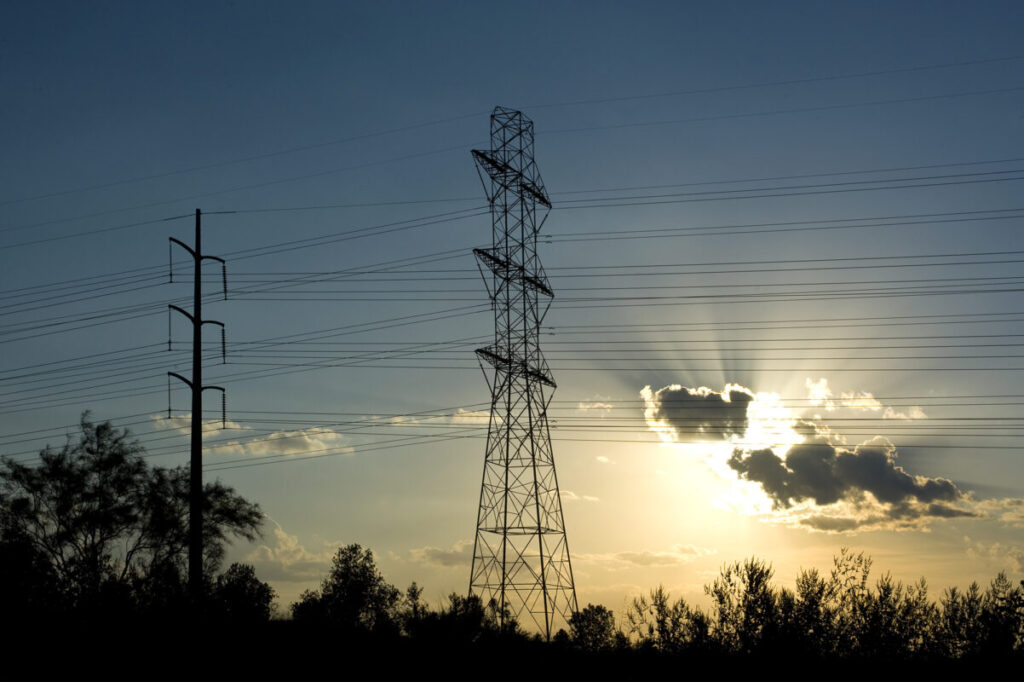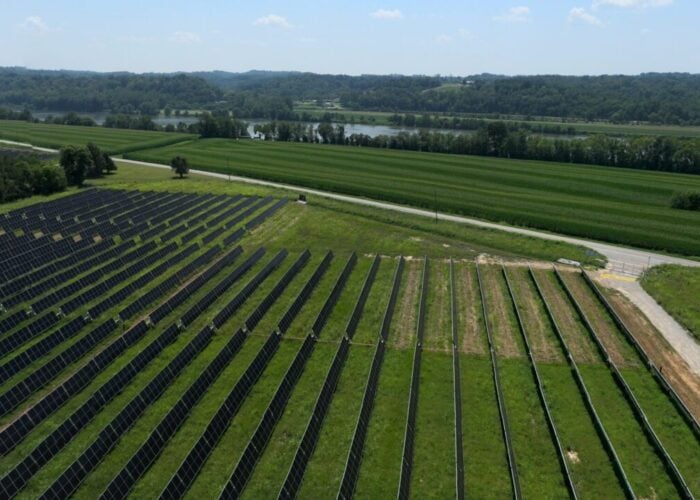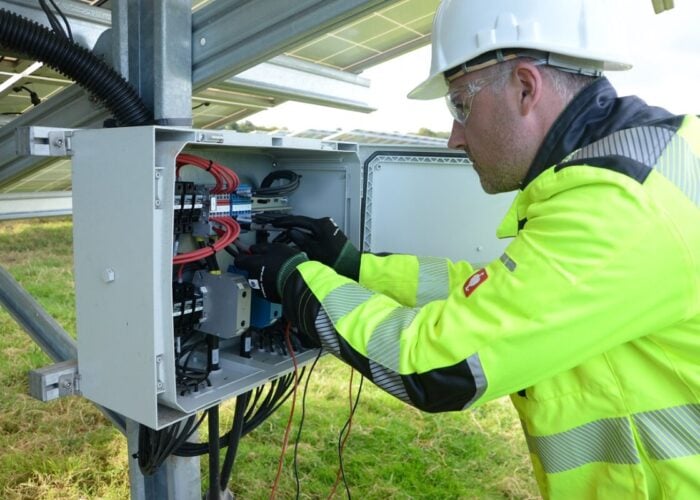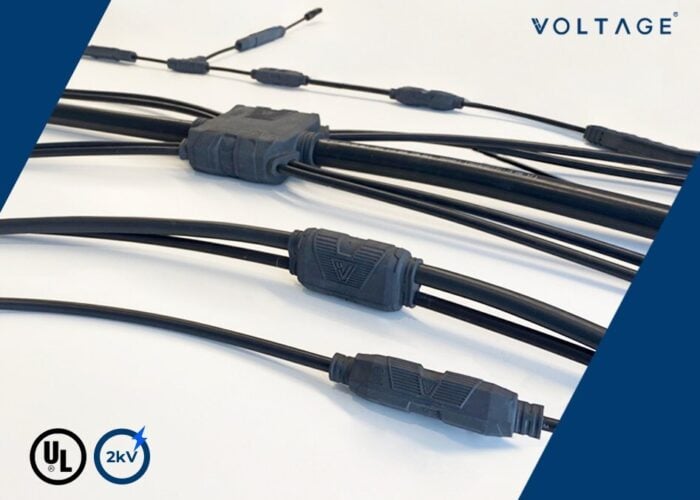
The US Department of Energy (DOE) will invest US$2 billion in 38 grid transmission projects across 42 states and the District of Columbia.
The investments will protect the grid from the increasing threat of extreme weather, lower costs for communities and expand grid capacity as demand grows, the DOE said.
Try Premium for just $1
- Full premium access for the first month at only $1
- Converts to an annual rate after 30 days unless cancelled
- Cancel anytime during the trial period
Premium Benefits
- Expert industry analysis and interviews
- Digital access to PV Tech Power journal
- Exclusive event discounts
Or get the full Premium subscription right away
Or continue reading this article for free
The DOE announced the funding shortly after Hurricanes Milton and Helene caused massive destruction in the southeastern US. The DOE said that this round of the Grid Resilience and Innovation Partnerships (GRIP) programme received bids for over seven times the available funding, which it said demonstrated “the tremendous need for these types of investments across the country”.
In its announcement of the funding, the DOE highlighted a number of projects. These included the development of looped transmission feeds in Indiana and Illinois, where grid substations face “increasing outages from extreme weather events and tornados”. Hoosier Energy Rural Electric Cooperative and Southern Illinois Power Cooperative will build new loops to connect with 10 substations in Seven counties across the two states.
Another project will see the Tennessee Valley Authority (TVA), a regional utility in the southeastern US, conduct 84 resilience subprojects across Alabama, Georgia, Kentucky, Missouri, North Carolina, Tennessee and Virginia. This will add over 2.4GW of transmission grid capacity, reduce TVA’s solar interconnection queue and reduce outage time. The project will include the first interconnection tie between TVA and the Southwest Power Pool, which the DOE said will “provide an anticipated 94% reduction in localised outage durations”.
Overall, the DOE said that the selected projects will add more than 300 miles of transmission lines and upgrade a further 650 miles with grid-enhancing technologies.
A full list of GRIP projects can be found here.
“The devastating and deadly Hurricanes, Helene and Milton, have put on stark display how extreme weather events continue to stress the nation’s aging electric systems,” said US energy secretary Jennifer Granholm. ““The [current] Administration’s Investing in America agenda has provided the largest grid investment in US history.”
White House national climate advisor Ali Zaidi said: “We need our grid better adapted to storms like Hurricanes Helene and Milton – and other extreme climate disasters like the wildfires out west. We need our grid better wired to accelerate America’s manufacturing renaissance and leadership in artificial intelligence…Today’s investment will do that.”
The US grid is proving the key barrier to the expansion of electricity generation capacity across the country. Data analysed by PV Tech Premium earlier this year found that around 1TW of solar projects are waiting in US interconnection queues. Of the major interconnection networks, the Midcontinent Independent System Operator (MISO) has the largest queue by far, with over 100GW added to the backlog in 2023.
The Texas grid operator, ERCOT, has a smaller queue in spite – or perhaps because – of the fact that Texas recently became the US state with the most deployed solar PV capacity. The ERCOT market has generally faster and more efficient connection processes for solar and storage projects, which PV Tech Premium looked into in discussion with Grid reform expert Tyler Norris.
The DOE has regularly made investments into the US grid, largely through its Transmission Facilitiation Program (TFP). Earlier this month it announced a US$1.5 billion investment to support over 7GW of new transmission capacity in four separate projects.
With the most recent funding, the GRIP programme has now invested a total US$7.6 billion into 104 projects across the country. The project has a budget of US$10.5 billion, which the DOE expects to facilitate around 55GW of grid transmission capacity.
The most recent issue of our downstream journal, PV Tech Power, looked into the challenges facing the US solar and energy storage sectors as a result of the country’s ageing grid, and the ways that the DOE and the Federal Energy Regulatory Commission (FERC) are looking to solve it. (Premium access).






